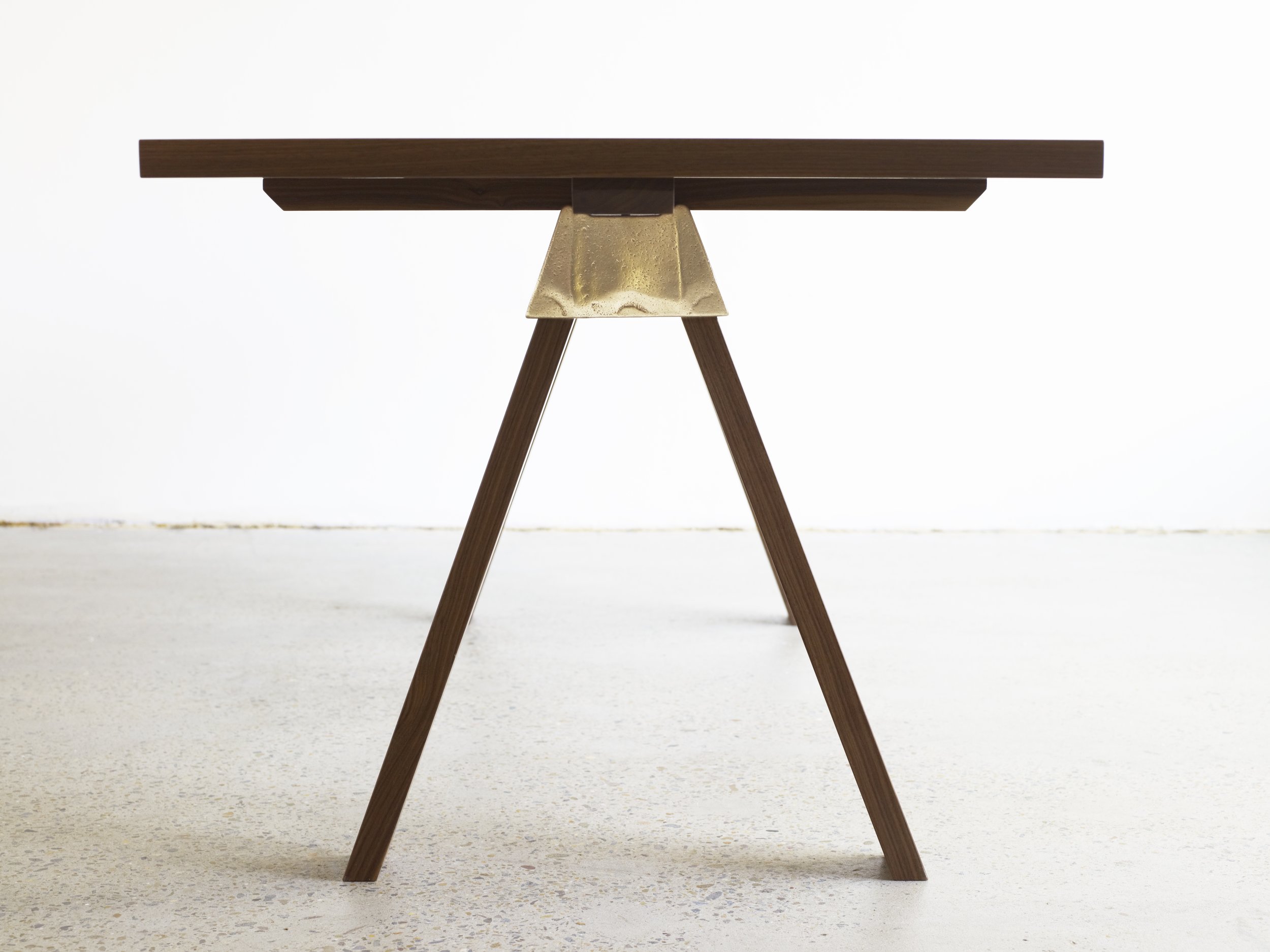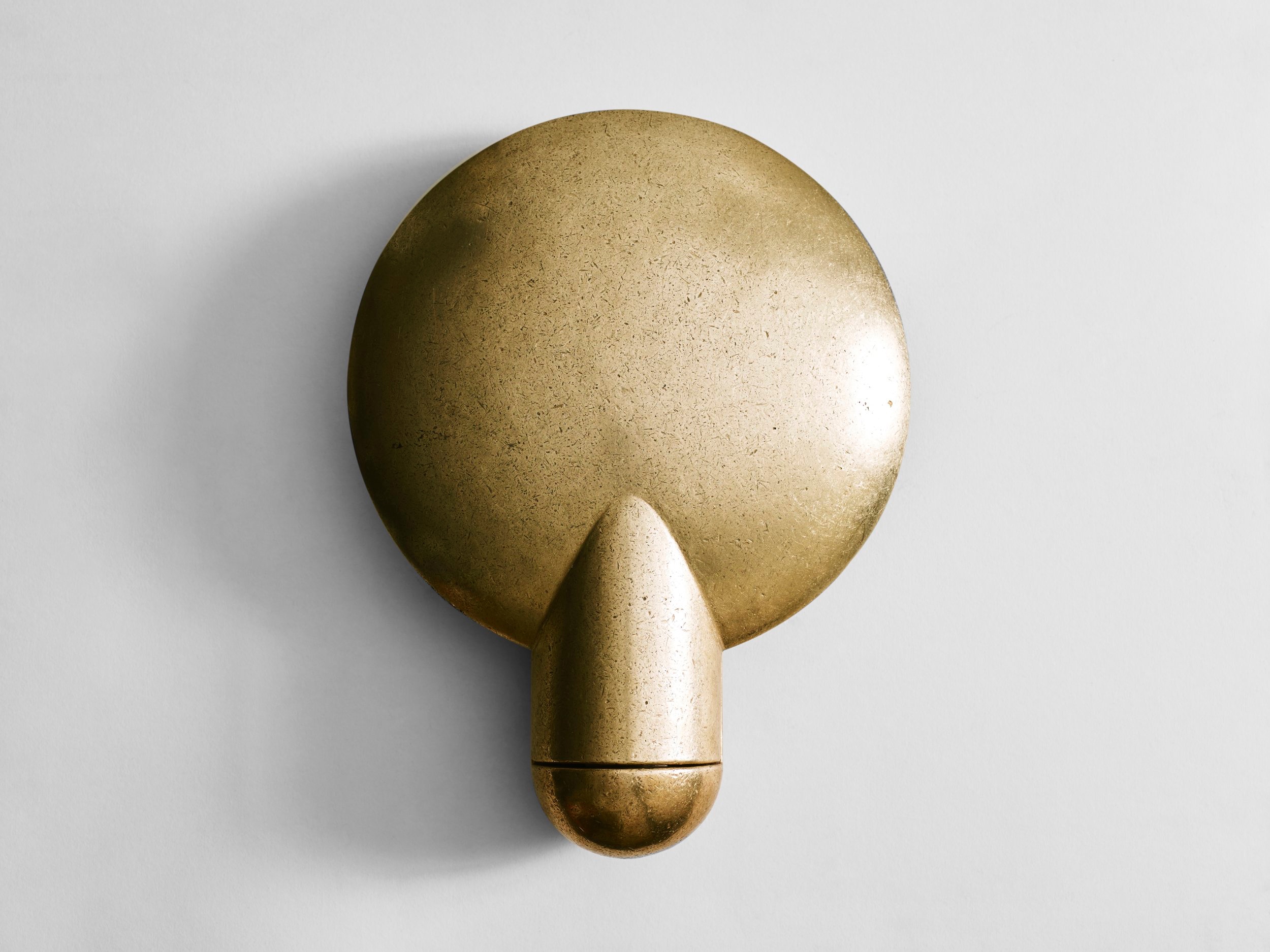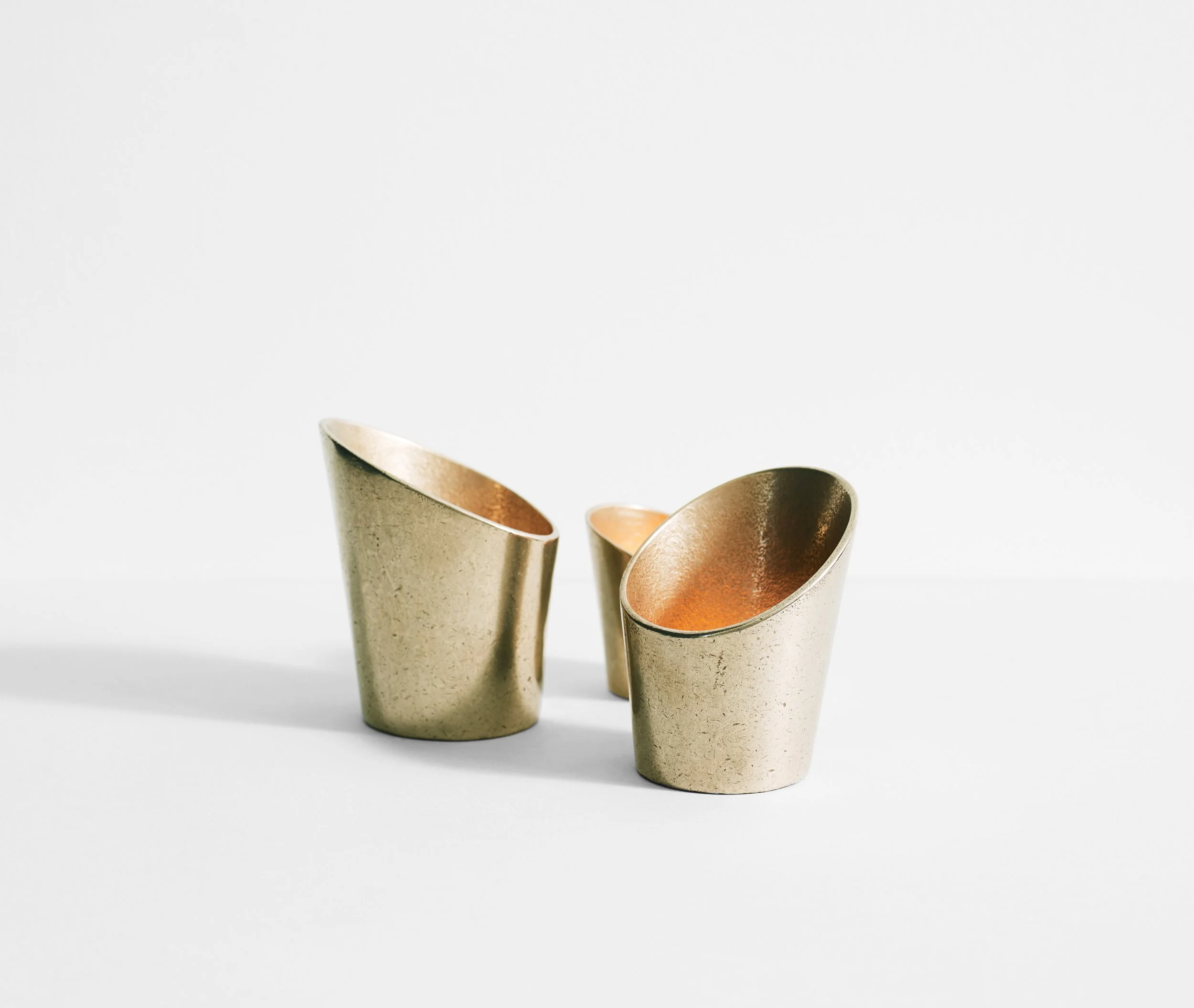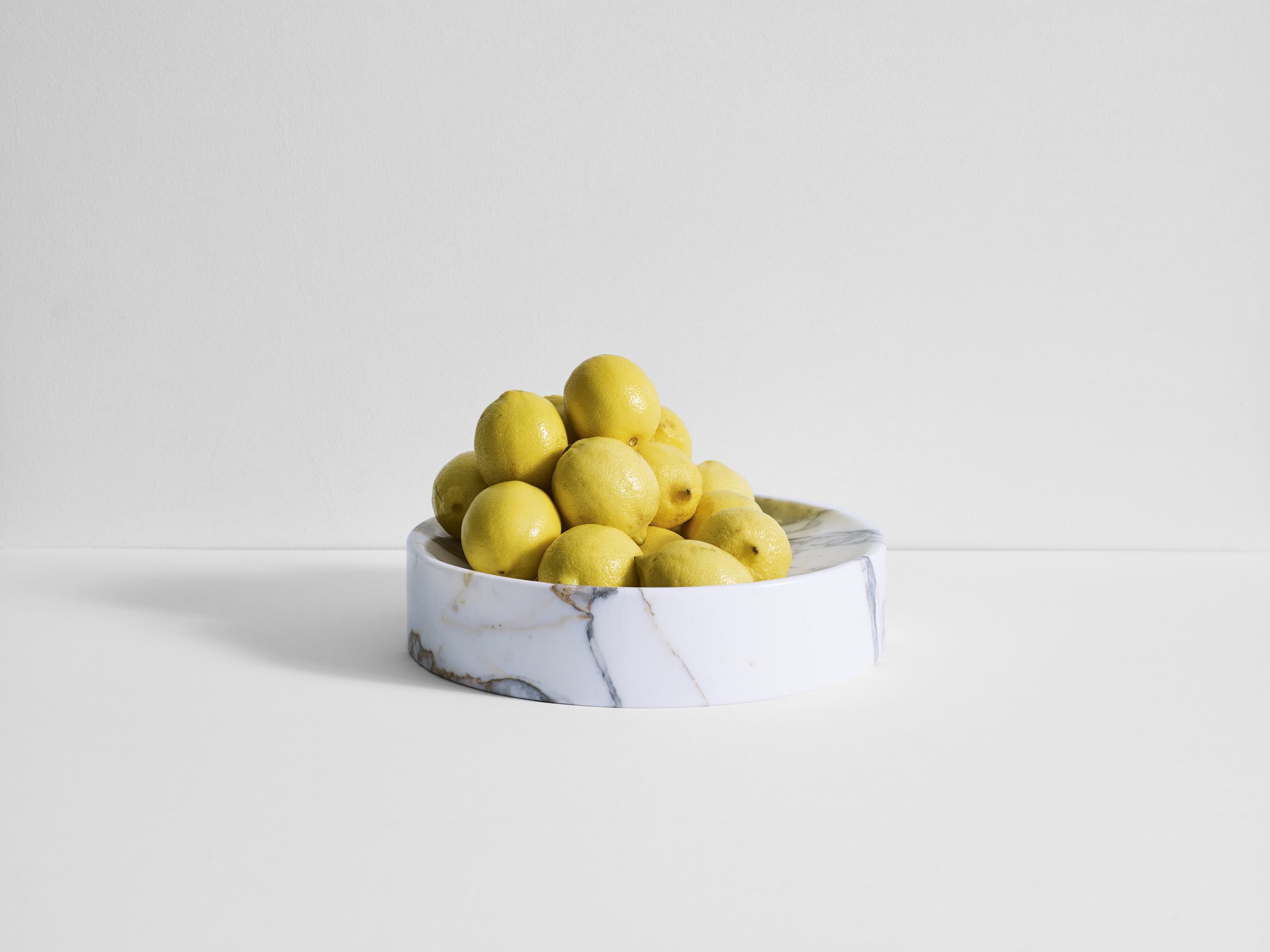“mindful materialist”
interview by JANNE RYAN
Leading Australian industrial designer Henry Wilson goes against the grain of branded consumerism. A highly skilled craftsman, his palette of objects is poetic and elemental. His goal? Long-lasting products. Henry talks with Sparkkle about the importance of play when designing, and the growing challenge of manufacturing his products in Australia.
How did you start on this path?
Going to Canberra School of Art (now ANU School of Art and Design), in 2001. I didn’t do very well after high school in Sydney. I did drama and art, which I loved, but my results were woeful. My mother urged me to go to Canberra because there was a woodworking school there. They ran an old-fashioned interview process where they looked at things you made in high school, and took it from there. Dr Rodney Haywood was Head of Workshop, he really inspired me.
What did you learn?
I realised you can learn by making things. I love that. I graduated with First Class Honours (which included a year at Rhode Island School of Design). Then I went to the Netherlands, and did my Masters at Design Academy Eindhoven.
Henry Wilson table with his patented A-Joint in sand-cast bronze.
“you can learn by making things. I love that.”
Henry Wilson bench using his patented A-Joint in sand-cast aluminium.
What ‘woke you up’ to design?
Wood. Working with wood gives you a sensitivity to design. It’s a living material, always changing.
How did Eindhoven change things?
Conceptual design was big at the time, bringing a whole different human element into design. It didn’t matter if your design was ugly, it just became play and experimenting with different materials and ideas. In our first workshop the mentor said: “An app might come out of this, or a street light, or a new park bench”. I saw that was the future…the way I wanted to go.
“Working with wood gives you a sensitivity to design.”
learning to trust?
Eindhoven nearly almost broke me at first; my confidence plummeted. The Dutch are philosophical and like to throw the cat amongst the pigeons, to see what happens. That was very challenging, but ultimately, inspiring. It was there I learnt to trust my instinct and let things unfold. The Dutch would say that if you have an idea, start mucking around with it; just pick a material and see what happens. It could become a chair or a lampshade, it doesn’t matter. The material will guide you.
Stepping into being a professional designer?
I didn’t want to do one-off commissions. I really wanted to create things that I could make again and again. I like the industrial process and realised I have a bit of a mercantile brain.
“I realised I have a bit of a mercantile brain”
Your breakthrough moment?
When I came back to Australia, I designed the A-Joint (now a patented clamping mechanism for use in furniture design). That led to me winning a thirty thousand dollar design award [the Bombay Sapphire Design Award] which started my studio. That was the pivot point.
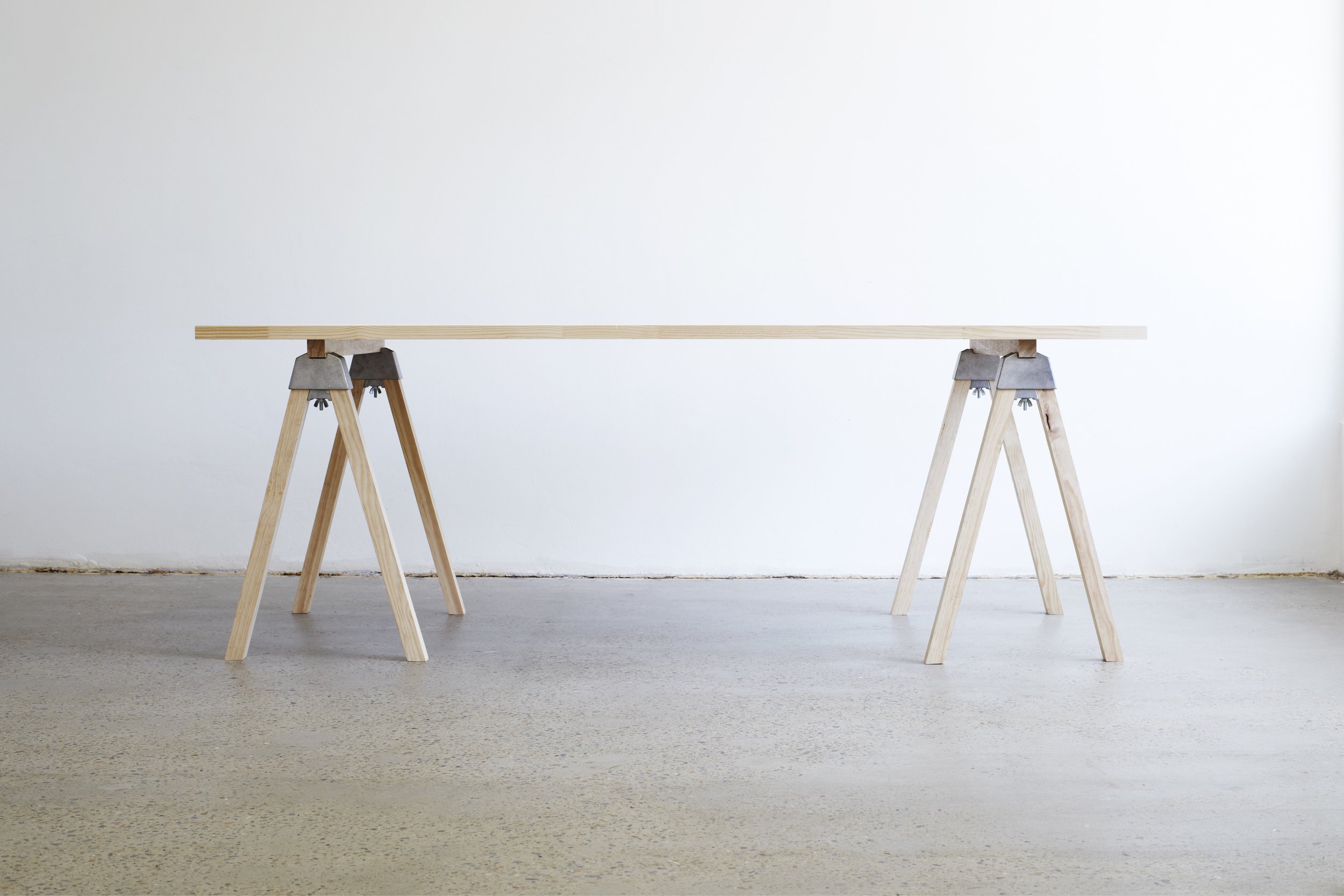
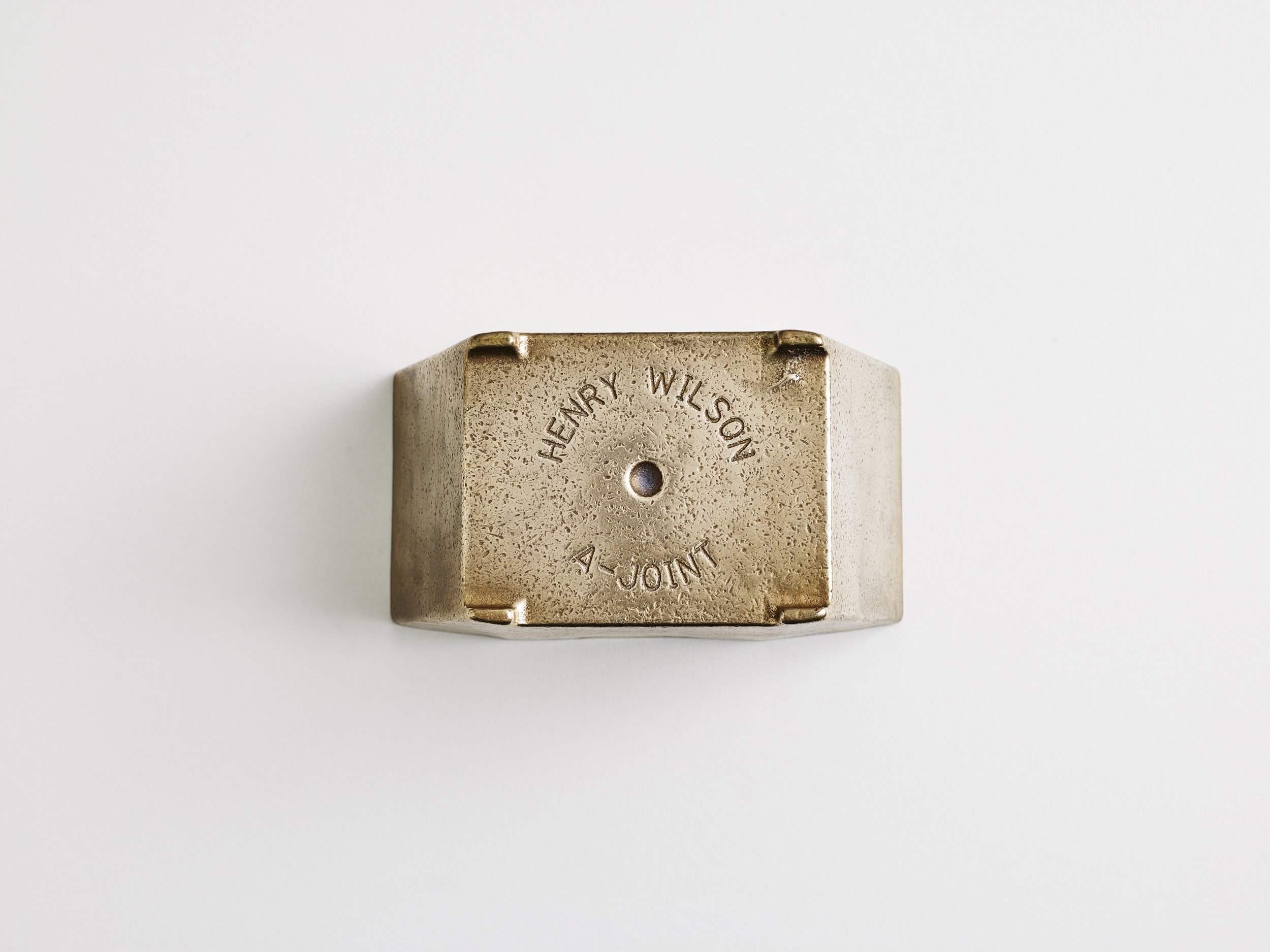


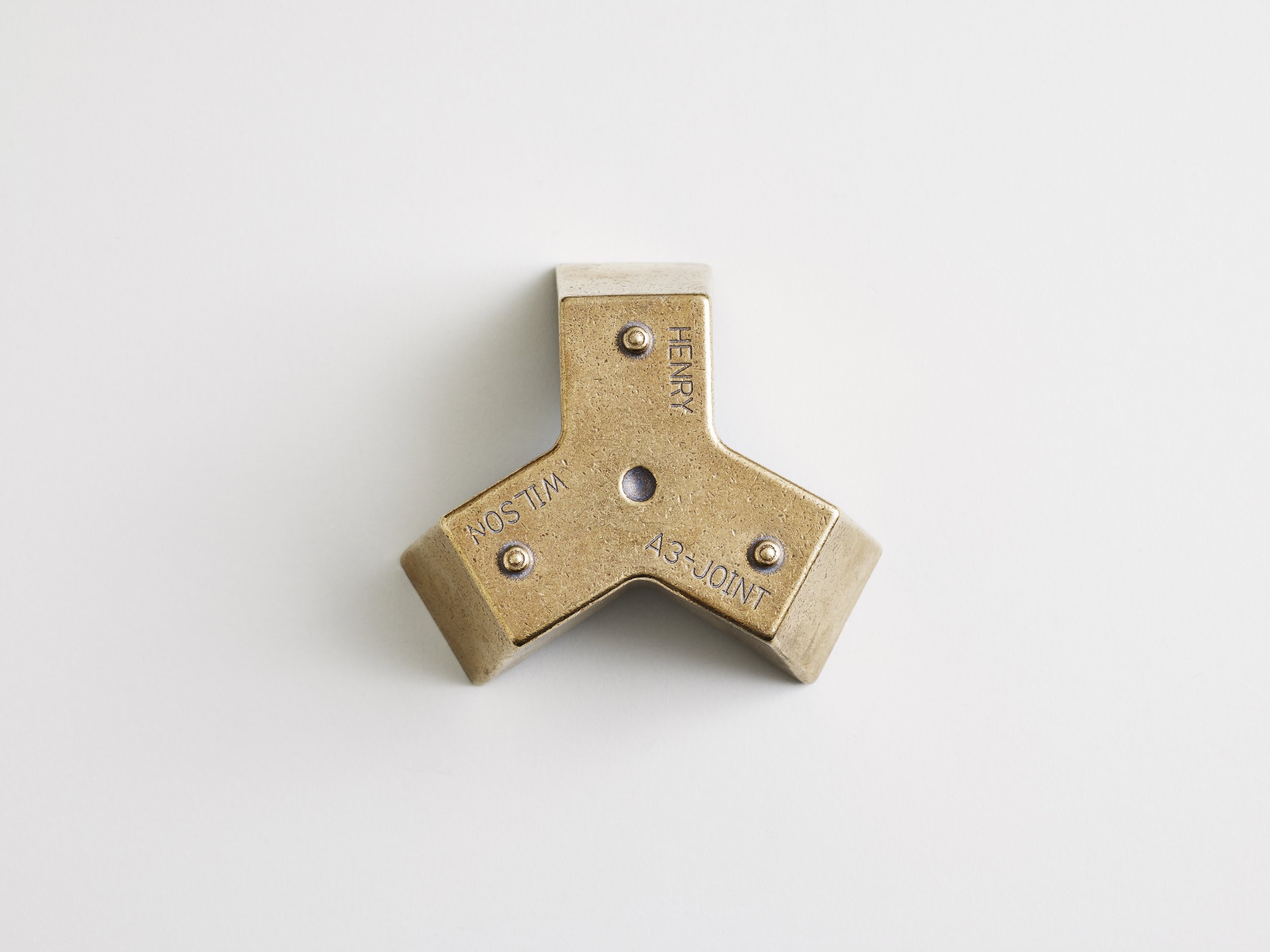

What is good design?
It’s subjective, I know, but I think good design needs something poetic, that draws you in, with beauty or authenticity. For me, the holy grail achieving good design is using one or two materials only. The less process and material, the better. Once you start adding more, it becomes a headache. And confused. You see this all the time in product design.
“The holy grail of good design is using only one or two materials.”
should designers be leading SUSTAINABILITY?
As designers, we should all be mindful about how products are made. There are products that are badly designed that fuse lots of materials together that can’t be repaired or re-cycled. That’s a global problem.
Carrara Marble sconce by Henry Wilson.
your goals in design?
To make things that are timeless. That’s in the ingenuity of an original design, how the product is made. My other goal is to keep experimenting. It’s fun to just do it, that’s always been the case. Design it, and if someone wants it, you make more.
“It didn’t matter if your design was ugly, it just became play.”
Greatest challenge?
Australia is a bit limiting; making things here is difficult. We’ve been doing our stone work in Portugal because you can’t do it here. I’d like to branch out and make other things – in glass, metal and leather, so the challenge is to find diverse partnerships.
How do you find your market?
Instagram. Of my 25,000 followers about 100 of them will see my work and contact me. These are the people that have influence and can really change things. They might be retailers overseas, editors or architects who may specify the work.
Where to from here?
That’s what I am wrestling with. I have had some commercial success, but reached the point where I’m not certain about the future direction. One thing I’m really enjoying at the moment is my interiors work. I’ve done two projects with Aesop, and I’m working with [Sydney architect] Brad Schwartz on my house. It will be interesting to see how this house plays out.
photography
felix forest, Andy Lewis
subscribe to sparkkle
Each month we’ll send you details of a new interview, story or Sparkkle ‘Moment’.


